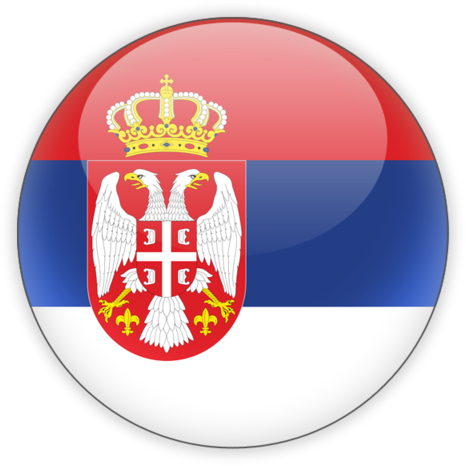Đerdap National Park is located in the northeastern part of Serbia, on the border with Romania. It stretches for 100 km along the Danube’s right bank, from Golubac Fort to castrum Karataš, and encompasses a narrow forested mountain area, 2-8 km in width, reaching 50 to 800 meters above sea level. It covers three municipalities: Golubac, Majdanpek and Kladovo, and it is the largest national park in Serbia.
The Danube is the main river flow and represents the border of the Đerdap region. It is often referred to as a ‘water national park’.
As a composite river valley, it consists of four gorges and basins: Golubac Gorge, Ljupkovska Basin, the Gospođin Vir Gorge, Donjomilanovačka Basin, the Great and Small Kazan Gorges, the Oršava Basin, and the Sip Gorge, known as the Iron Gates (Đerdap), after which the entire Danube valley is named - the Đerdap Gorge.
The highest points in Đerdap are Šomrda (806 m above sea level) and Liškovac (803 m above sea level) to the west, and Veliki Greben with Crni vrh to the east of the Porečka River. Veliki Greben continues with the limestone surface of the Miroč mountain with Veliki (768 m above sea level) and Mali Štrbac (626 m above sea level).
Although situated in a continental zone, under the influence of the Danube's water mass, the unique structure of the gorges and abundant vegetation give this region its characteristic ‘Đerdap climate’ – mild winters and not too scorching summers.
The natural wealth and resources are likely the reason for the emergence of the Lepenski Vir culture in Đerdap. This culture, one of the most brilliant and complex, provides answers to numerous questions about how people lived in the early communities outside of caves.
For the Roman Empire, the Danube represented a natural border but also a route for new conquests. There are many traces left in Đerdap that bear witness to the great Roman Empire, with Trajan's Bridge being the most significant. The pillars of Trajan's Bridge still speak of its importance today. The construction of Trajan's Bridge is also evidenced by Trajan's Plaque, which can only be seen from the Danube. In the 5th century, this area was settled by the Byzantines, and in the 6th century, Emperor Justinian allowed the Slavs to settle in the Danube region.
The most beautiful witness of the medieval period is the Golubac Fortress. Its builders still remain unknown, but it is first mentioned in the 14th century as a Hungarian military fortification. Its strategic importance was significant at that time, with its masters being not only Serbs but also the Byzantines, Hungarians, and Turks. Today, its significance is purely historical and tourist-related.
Golubac Fortress on one side, and on the other, near Kladovo, the Turkish fortress of Fetislam- today, they represent an entrance and exit to Đerdap. Fetislam Fortress was built in the 16th century, by order of Sultan Suleiman the Magnificent, with the aim of controlling navigation on the Danube.
Đerdap National Park is a home to very rare plant species. Over 1,000 plant species have been found in the Djerdap area. The most important ones include hazel, hornbeam, walnut, Juniper, a type of sycamore maple, honeysuckle, wild lilac, golden fern, and many others.
The park is also characterized by the abundance and diversity of animal species. Characteristic animal species for this area include deer, roe deer, wild boar, hare, fox, and many more. Rare animal species of this region include lynxes, wolves, jackals, raccoon dogs, and striped polecats.
The long history of settlement and the blending of cultures have created a complex ethnic and national structure of the population, as well as a rich traditional heritage. Traditional clothing, which is rarely used nowadays, differs from village to village, and there are Serbian, Montenegrin and Vlach clothing styles.
Today, Đerdap National Park is managed by the Public Enterprise ‘National Park Đerdap’, established with the aim of preserving and enhancing the natural and cultural-historical values. The company's headquarters are located in Donji Milanovac. Since July 10, 2020, it has been designated the first geopark in the Republic of Serbia by the decision of UNESCO.
Visitors are advised to first visit the Visitor Center of the Đerdap National Park, located in Donji Milanovac. The interactive display will introduce you to all the beauties of the park and give you an idea of what to visit. Here, you can get information about the conditions on hiking trails, opening hours, and ticket prices.
Public Enterprise ‘Djerdap National Park’









